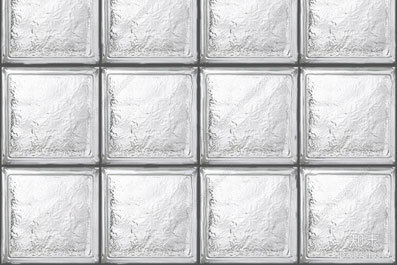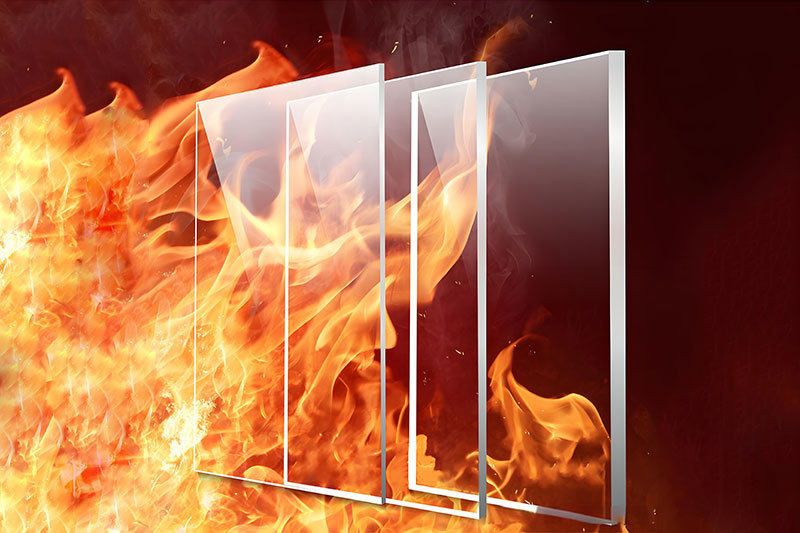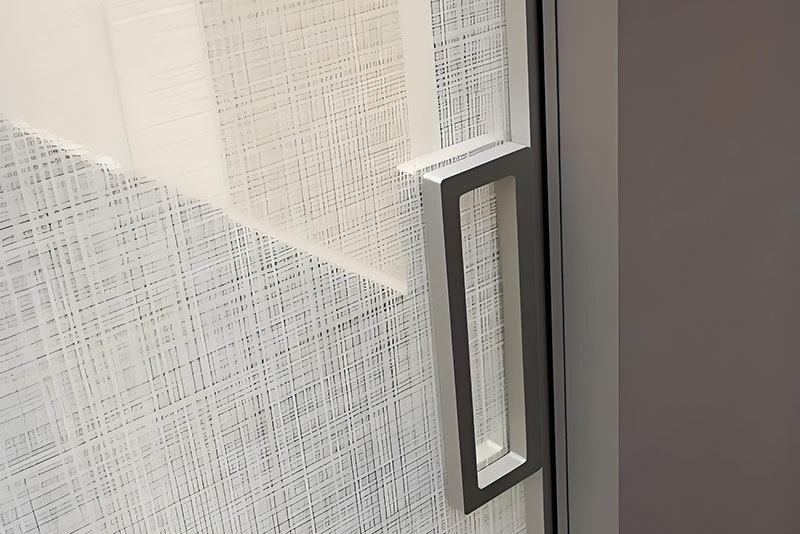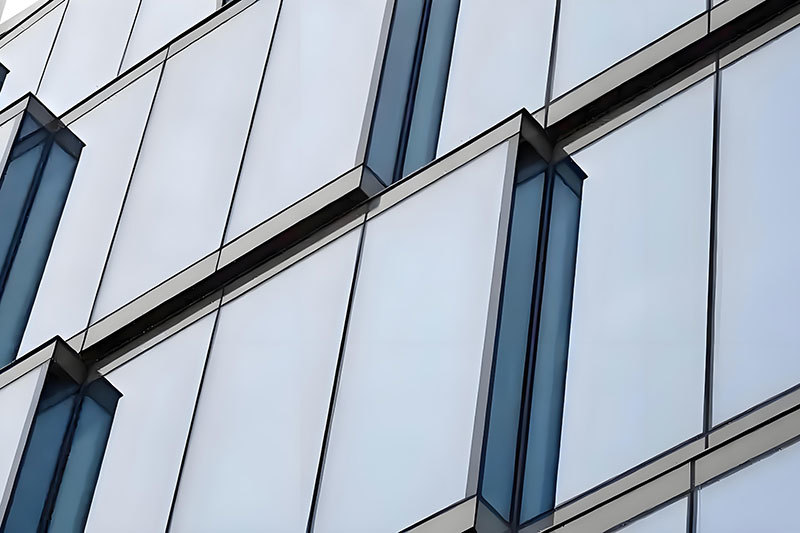


heat-reflective glass
Categorization:
Heat-reflective glass is an innovative building material designed to enhance energy efficiency and comfort in both residential and commercial structures. By utilizing a special coating that reflects a significant portion of solar radiation while allowing natural light to enter, this type of glass minimizes heat gain during the warmer months and helps maintain a stable indoor temperature. As a result, it significantly reduces the reliance on air conditioning systems, leading to lower energy consumption and reduced utility bills. Additionally, heat-reflective glass contributes to sustainability efforts by decreasing the overall carbon footprint of buildings. Its application is not limited to windows; it can also be utilized in facades, skylights, and glass doors, making it a versatile choice for architects and builders aiming to create energy-efficient designs. Moreover, advancements in technology have led to the development of aesthetically pleasing options that do not compromise on visual clarity, allowing for unobstructed views while still providing superior thermal performance. As awareness of climate change and energy conservation grows, the demand for heat-reflective glass is expected to rise, positioning it as a key player in the future of green building practices.
Keyword:
heat-reflective glass
Submit Message
If you are interested in our products, please leave your email and we will contact you as soon as possible, thank you!
Contact us
ADD:Beijing Science and Technology Park, Bohai New District, Cangzhou City, Hebei Province, China
Tel:+86-13230732117
Email:hbyhsglass@163.com





